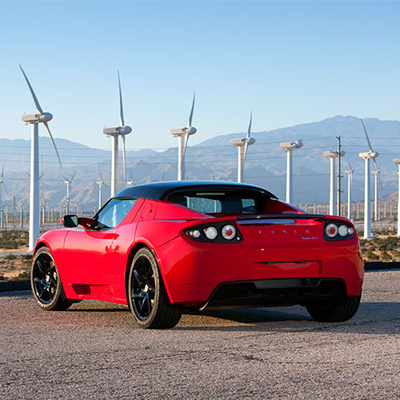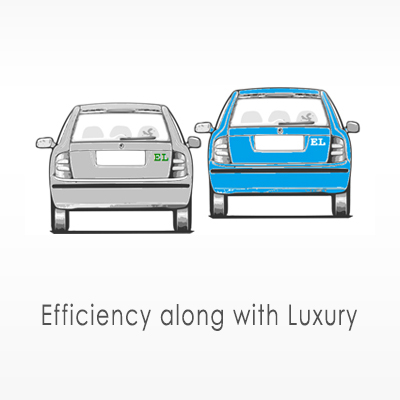Exploring the Potential of 3D Printing in Automotive Manufacturing

Introduction:
3D printing, also known as additive manufacturing, has revolutionized various industries, including healthcare, aerospace, and consumer goods. Its ability to create complex structures and customized parts with precision and efficiency has garnered significant attention. The automotive industry, always at the forefront of technological innovation, is now exploring the potential of 3D printing to transform manufacturing processes, reduce costs, and enhance vehicle performance.
I. What is 3D Printing?
3D printing is a process that creates a physical object from a digital design. The printer adds material layer by layer until the final product is complete. This technology can use a variety of materials, including plastics, metals, and composites, to create both simple and complex parts.
II. Types of 3D Printing Technologies
Fused Deposition Modeling (FDM): This is one of the most common types of 3D printing, where thermoplastic materials are melted and deposited layer by layer to create the object.
Stereolithography (SLA): This technology uses a laser to cure liquid resin into hardened plastic, creating highly detailed parts.
Selective Laser Sintering (SLS): In this process, a laser selectively fuses powdered material, such as nylon or metal, to create a solid structure.
Direct Metal Laser Sintering (DMLS): Similar to SLS, this technology uses a laser to sinter metal powders, producing strong and durable metal parts.
III. Benefits of 3D Printing in Automotive Manufacturing
Customization
3D printing allows manufacturers to create customized parts tailored to specific needs. This is particularly beneficial for producing prototypes and specialized components that would be costly and time-consuming to manufacture using traditional methods. Customization also enables the creation of unique design elements, enhancing both aesthetics and functionality.
Rapid Prototyping
One of the most significant advantages of 3D printing is rapid prototyping. Designers and engineers can quickly produce and test new parts, making adjustments as needed without the lengthy delays associated with traditional manufacturing. This accelerates the development cycle, allowing for faster innovation and shorter time-to-market.
Cost Efficiency
Traditional manufacturing methods often require expensive molds and tooling, especially for small production runs. 3D printing eliminates the need for these tools, significantly reducing production costs. It also minimizes material waste, as the additive process only uses the material necessary to create the part.
Lightweight Components
Reducing vehicle weight is a critical factor in improving fuel efficiency and performance. 3D printing can produce lightweight components with complex geometries that would be difficult or impossible to achieve with traditional manufacturing techniques. These components help lower the overall weight of the vehicle, contributing to better fuel economy and handling.
On-Demand Production
3D printing enables on-demand production, reducing the need for large inventories and storage space. Manufacturers can produce parts as needed, responding quickly to market demands and reducing lead times. This flexibility is particularly valuable in the automotive industry, where timely availability of replacement parts is crucial.
IV. Applications of 3D Printing in the Automotive Industry
Prototyping and Concept Models
Automotive manufacturers use 3D printing to create prototypes and concept models during the design phase. These models help engineers visualize and test new designs, making it easier to identify potential issues and refine the final product.
Tooling and Manufacturing Aids
3D printing is used to produce custom tools, jigs, and fixtures that aid in the manufacturing process. These tools can be quickly designed and printed, improving production efficiency and reducing downtime.
End-Use Parts
While initially used primarily for prototyping, 3D printing is increasingly being employed to produce end-use parts. These include complex components such as brackets, housings, and even entire car body panels. For instance, some high-performance and luxury car manufacturers use 3D printing to create intricate parts with superior strength and precision.
Spare Parts
3D printing offers a solution for producing spare parts on demand, particularly for older or rare vehicles where traditional parts may no longer be available. This capability ensures that vehicles can be maintained and repaired without the need for extensive inventories of spare parts.
V. Challenges and Future Directions
Material Limitations
Despite its many advantages, 3D printing still faces challenges, particularly regarding the range of materials available. While significant advancements have been made, the diversity of materials suitable for automotive applications remains limited compared to traditional manufacturing methods.
Production Speed
While 3D printing is ideal for small-scale production and prototyping, it can be slower than traditional manufacturing for large-scale production runs. Improving the speed of 3D printers is essential to make them more competitive for mass production.
Quality and Consistency
Ensuring the quality and consistency of 3D-printed parts can be challenging, especially for critical components. Advances in technology and quality control measures are needed to meet the rigorous standards of the automotive industry.
Integration into Existing Manufacturing Processes
Integrating 3D printing into existing manufacturing workflows can be complex. Manufacturers need to adapt their processes and supply chains to accommodate this new technology. However, as the benefits become more apparent, we can expect to see greater integration and adoption.
Conclusion:
The potential of 3D printing in automotive manufacturing is immense. From rapid prototyping and cost-efficient production to the creation of lightweight, customized parts, this technology offers numerous advantages. While there are challenges to overcome, ongoing advancements in materials, speed, and quality are paving the way for broader adoption. As 3D printing continues to evolve, it promises to drive innovation, reduce costs, and transform the automotive industry, leading to better-performing and more sustainable vehicles for the future.


